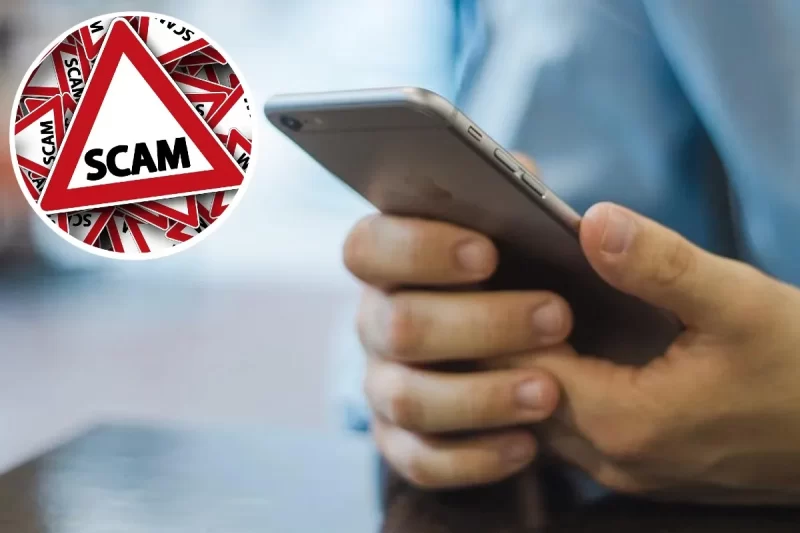In this digital age, scams and fraudulent activities have found new avenues to exploit unsuspecting individuals. One such method that has gained notoriety in recent times is the “US9514961195221” scam fake text messages. These deceptive messages often leave recipients perplexed and concerned about their safety and financial security. In this article, we will delve into the details of this scam, how it operates, and what steps you can take to protect yourself from falling victim to it.
Understanding the US9514961195221 Scam
-
What is US9514961195221?
At its core, the US9514961195221 scam is a text message-based fraud scheme that attempts to trick individuals into revealing sensitive personal information, such as Social Security numbers, credit card details, or other confidential data. The scammers use various tactics to create a sense of urgency and fear, compelling recipients to respond quickly.
-
The Anatomy of a Scam Message
These scam messages typically claim that the recipient’s bank account is compromised, and immediate action is required to secure their funds. They may also suggest that legal action will be taken against the recipient if they fail to respond promptly. The messages often include official-looking logos and graphics to further deceive the recipient.
-
Bursting the Bubble: Recognizing Scam Messages
To protect yourself from falling prey to the US9514961195221 scam or similar fraudulent activities, it’s essential to be aware of some common red flags:
- Unsolicited Contact
Scammers usually initiate contact without any prior interaction. Be cautious of messages from unknown senders.
- Urgent Language
Scam messages often use intimidating language, urging recipients to act immediately without giving them time to think rationally.
- Requests for Personal Information
Legitimate organizations will never ask for sensitive information through text messages. Be wary of any message requesting such data.
- Check the Sender’s Details
Verify the sender’s information, including the phone number and email address. Scammers often use generic or untraceable contact information.
Protecting Yourself from Scam Text Messages
How to Stay Safe
Now that we’ve uncovered the basics of the US9514961195221 scam, let’s explore how you can protect yourself:
- Verify Legitimacy
Before taking any action, contact your bank or the relevant institution directly through their official website or phone number to confirm the message’s authenticity.
- Don’t Share Personal Information
Under no circumstances should you provide personal or financial information through text messages.
- Use Reliable Security Software
Install reputable security software on your smartphone to detect and block scam messages automatically.
- Report Scam Messages
If you receive a suspicious message, report it to your mobile carrier and the Federal Trade Commission (FTC). This helps authorities track and apprehend scammers.
Conclusion
The US9514961195221 scam fake text messages serve as a stark reminder of the ever-evolving tactics used by scammers to exploit unsuspecting individuals. By staying informed and following the safety measures outlined in this article, you can protect yourself and your personal information from falling into the wrong hands.
FAQs
- Can scammers use my response to a fake text message against me?
No, scammers cannot use your response to a fake text message against you unless you provide them with sensitive information. Avoid sharing any personal or financial details.
- What should I do if I’ve already responded to a scam message?
If you’ve already responded to a scam message, contact your bank and the authorities immediately. They can guide you on the necessary steps to safeguard your financial security.
- Are all unsolicited text messages scams?
Not all unsolicited text messages are scams, but it’s essential to be cautious. Always verify the sender’s legitimacy and refrain from sharing sensitive information.
- How do scammers get my phone number?
Scammers may obtain phone numbers from various sources, such as data breaches, online forms, or publicly available directories. Be cautious about sharing your number online.
- Can I trust text messages from my bank or other institutions?
While legitimate organizations may send text messages, it’s crucial to verify their authenticity. Contact them directly using official contact information to confirm the message’s legitimacy.


